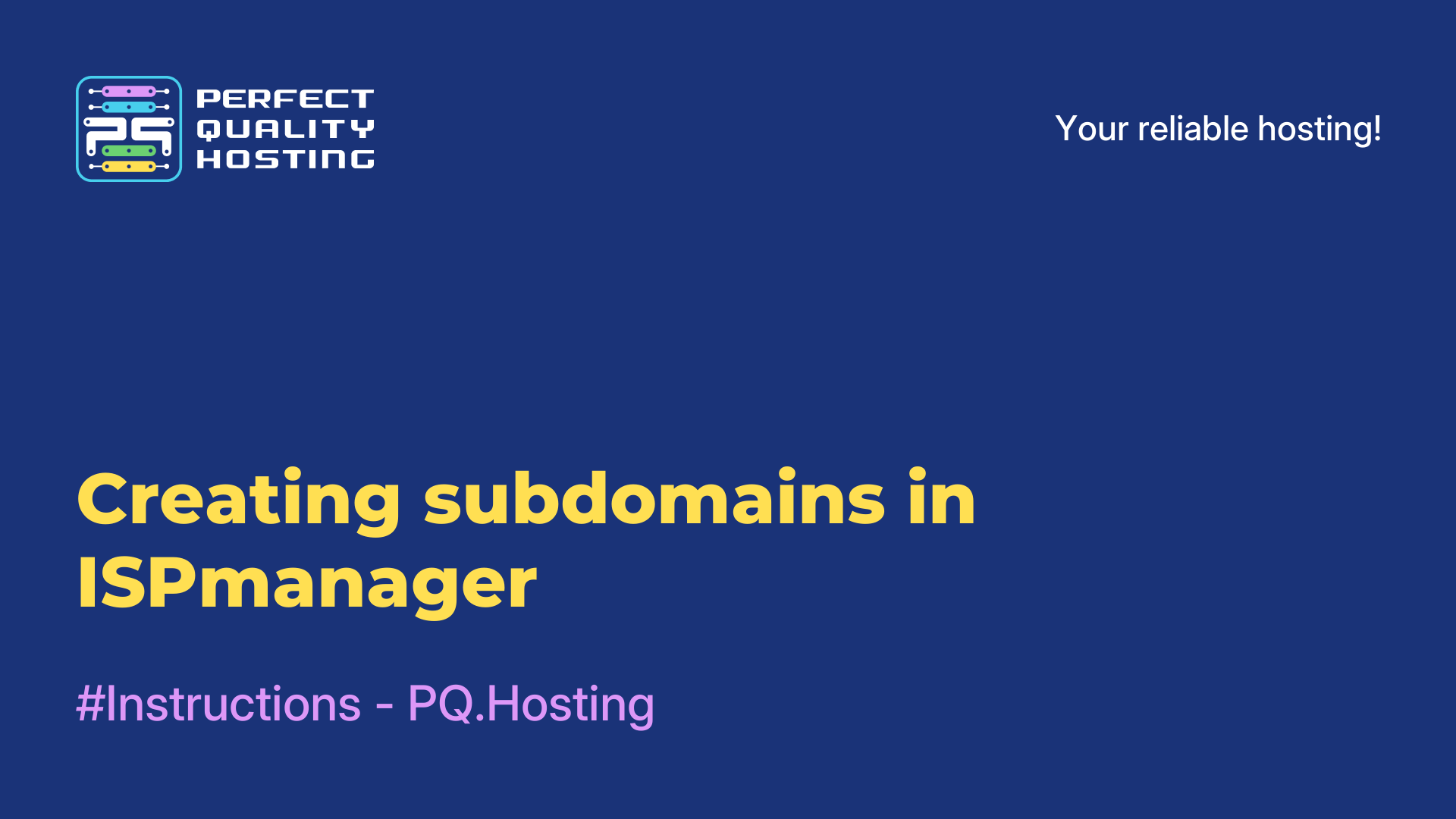-
United Kingdom+44 (20) 4577-20-00
-
USA+1 (929) 431-18-18
-
Israel+972 (55) 507-70-81
-
Brazil+55 (61) 3772-18-88
-
Canada+1 (416) 850-13-33
-
Czech Republic+420 (736) 353-668
-
Estonia+372 (53) 683-380
-
Greece+30 (800) 000-02-04
-
Ireland+353 (1) 699-43-88
-
Iceland+354 (53) 952-99
-
Lithuania+370 (700) 660-08
-
Netherlands+31 (970) 1027-77-87
-
Portugal+351 (800) 180-09-04
-
Romania+40 (376) 300-641
-
Sweden+46 (79) 008-11-99
-
Slovakia+421 (2) 333-004-23
-
Switzerland+41 (22) 508-77-76
-
Moldova+373 (699) 33-1-22
 English
English
What you need to configure Docker storage for
- Main
- Knowledge base
- What you need to configure Docker storage for
Storage configuration in Docker refers to the process of creating and managing the data stores used in containers. Stores allow you to save data between container launches, ensuring that it remains secure and available.
Why you need to configure storages
Setting up vaults in Docker allows you to manage and save the data used in containers. This is important because containers are immutable by default and any changes made within a container are lost when the container is stopped or deleted.
It also gives you the ability to save data between container runs, ensuring that the data is preserved and available. This is especially useful for applications that require persistent data storage, such as databases or file systems.
This is also a way to easily scale applications, as data can be shared between multiple containers or used as a common resource across all containers.
Overall, configuring storage in Docker provides reliable and flexible management of data in containers, making them more convenient and efficient to use.
Storage types
There are several types of storage in Docker:
- Volumes: special directories on a host machine or remote server that are mounted in a container. They provide persistent storage and can be used to share data between containers.
- Bind mounts: a mechanism that allows a specific directory or file on a host machine to be mounted into a container. This allows containers to access data on the host machine and share data between multiple containers.
- tmpfs mounts: a mount mechanism that allows temporary file systems to be created in memory. These are useful for storing temporary data that doesn't need to be saved between container runs.
Configuring storage in Docker allows you to manage and configure these types of storage, and specify which containers should use which storage. This makes it possible to store and access data in containers, and provides flexibility and scalability for applications.
How storage is configured in Docker
Configuring storage in Docker can be done by using the -v or --volume option when starting a container.
Here are a few ways to customize:
Linking a local directory to a directory in the container:
docker run -v /path/to/local/directory:/path/to/directory/in/container <image_name>Creating and using a Docker Volume:
docker volume create <name of the volume>
docker run -v <file name>:/path/to/directory/in/container <image name>Using external storage such as NFS or AWS EBS:
docker run -v <store_name>:<path_in the container> <image_name>Using Docker Compose to configure storage:
yaml
version: '3'
services:
myservice:
image: <image_name>
volumes:
- /path/to/local/directory:/path/to/directory/in/container
- <folder name>:/path/to/directory/in/container
- <storage name>:<path_in the container>When configuring storage in Docker, you can also use other options such as --mount for more complex mount scenarios, or --volumes-from to use another container's storage.






































